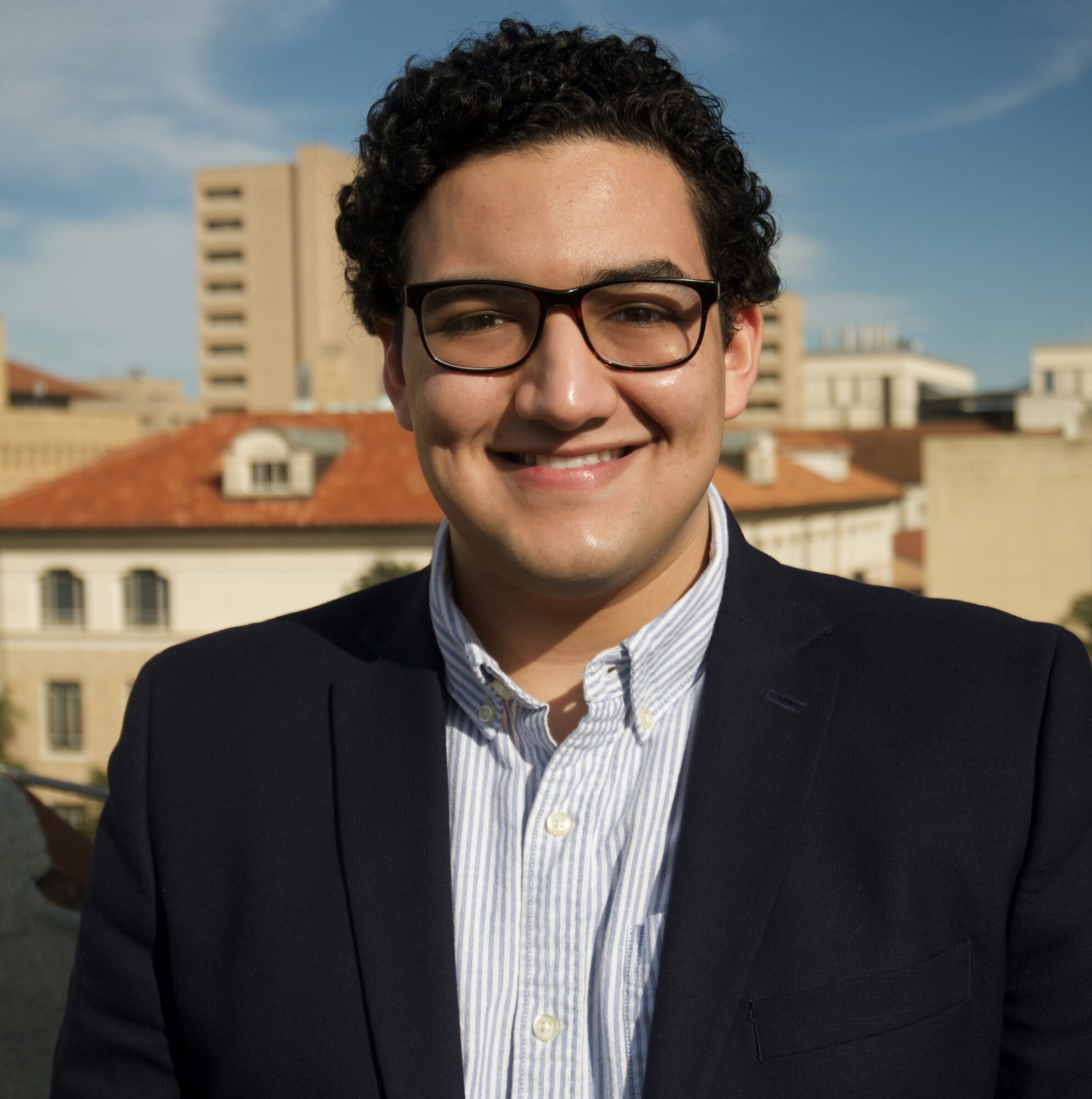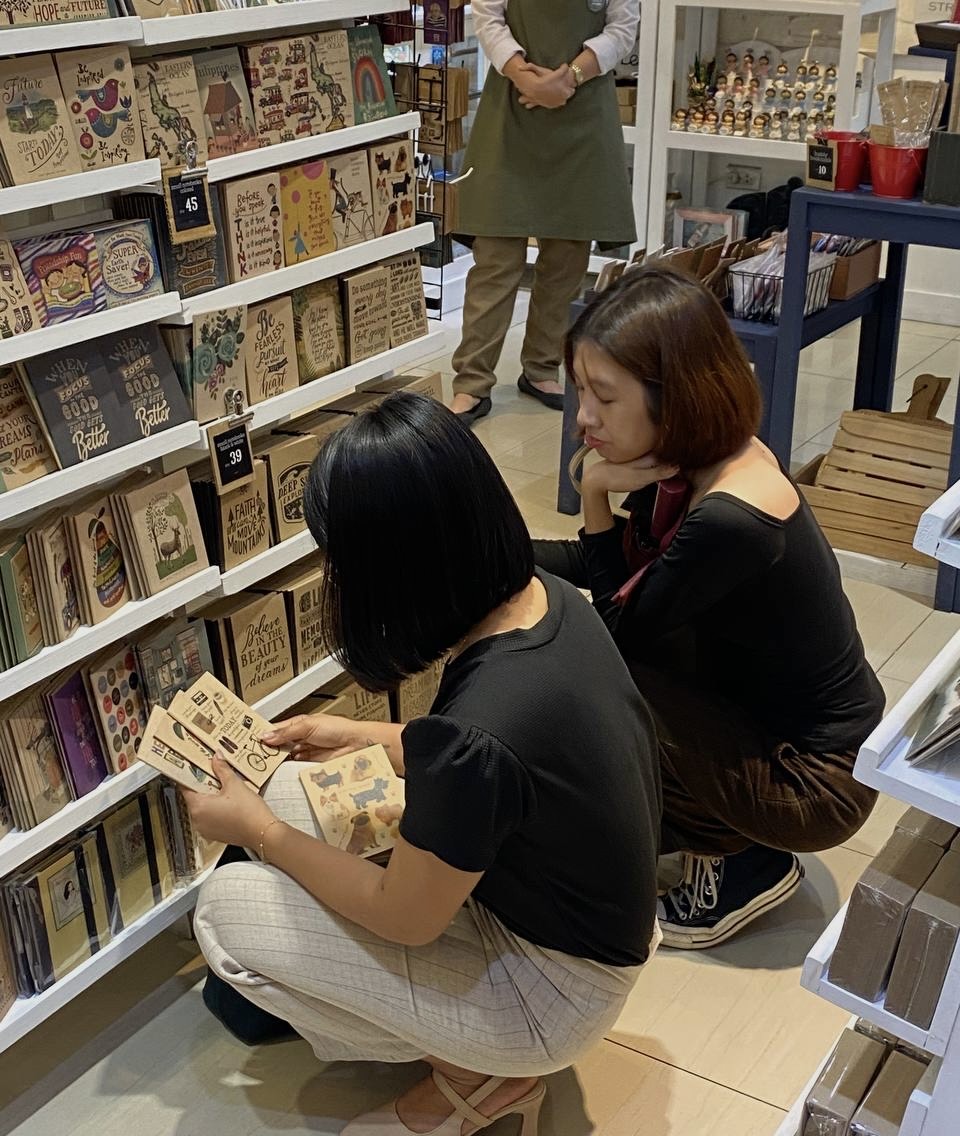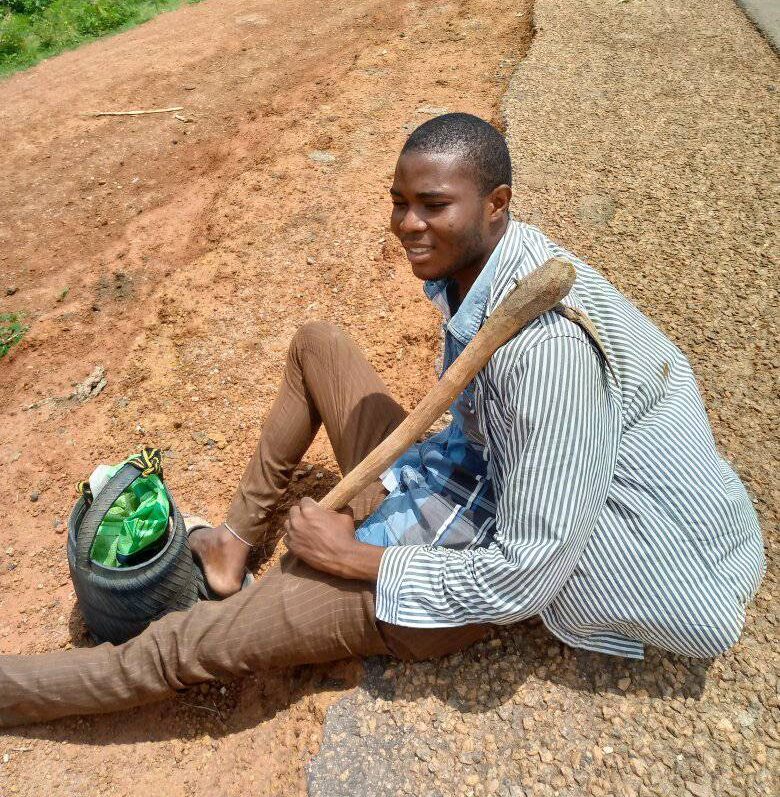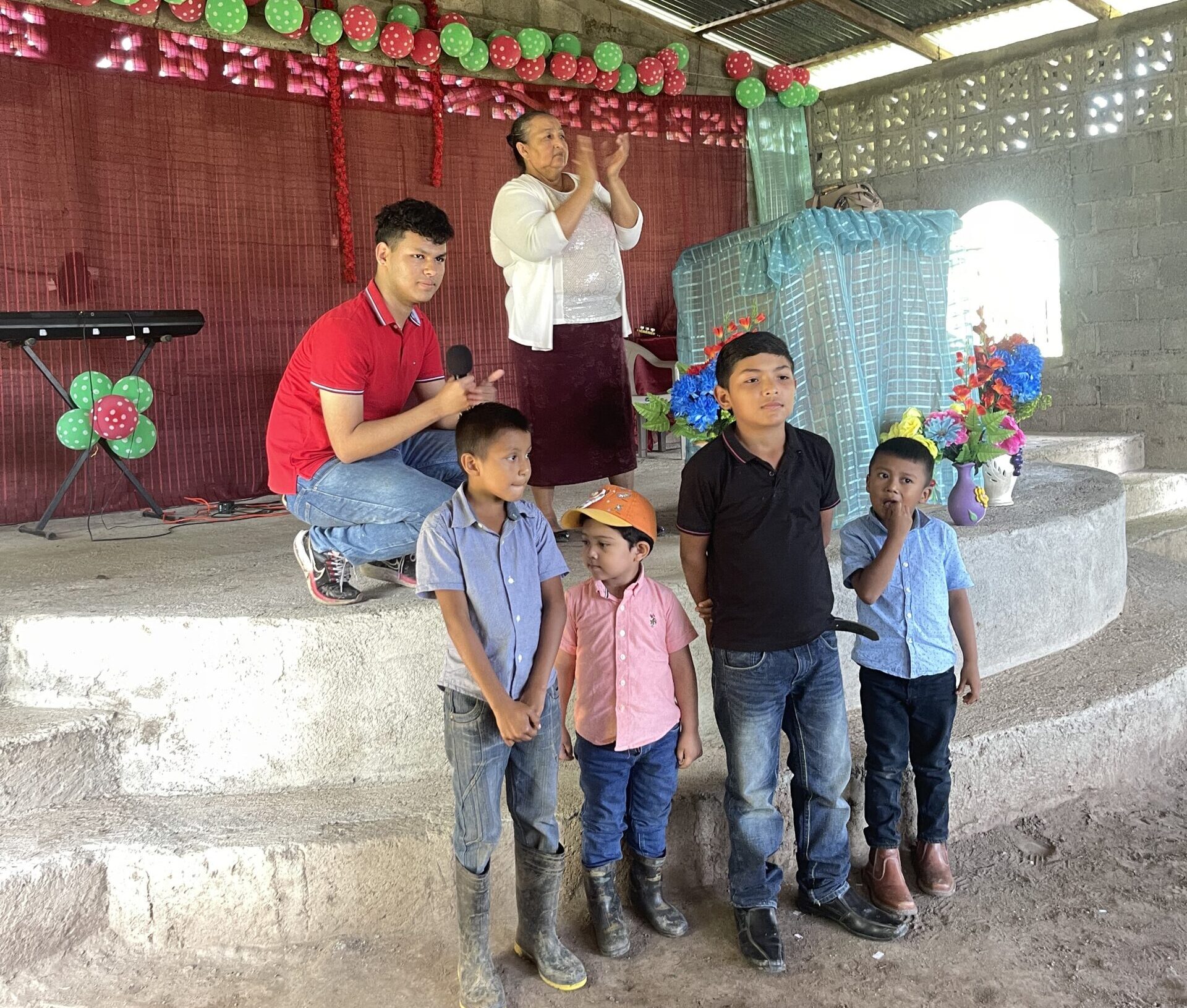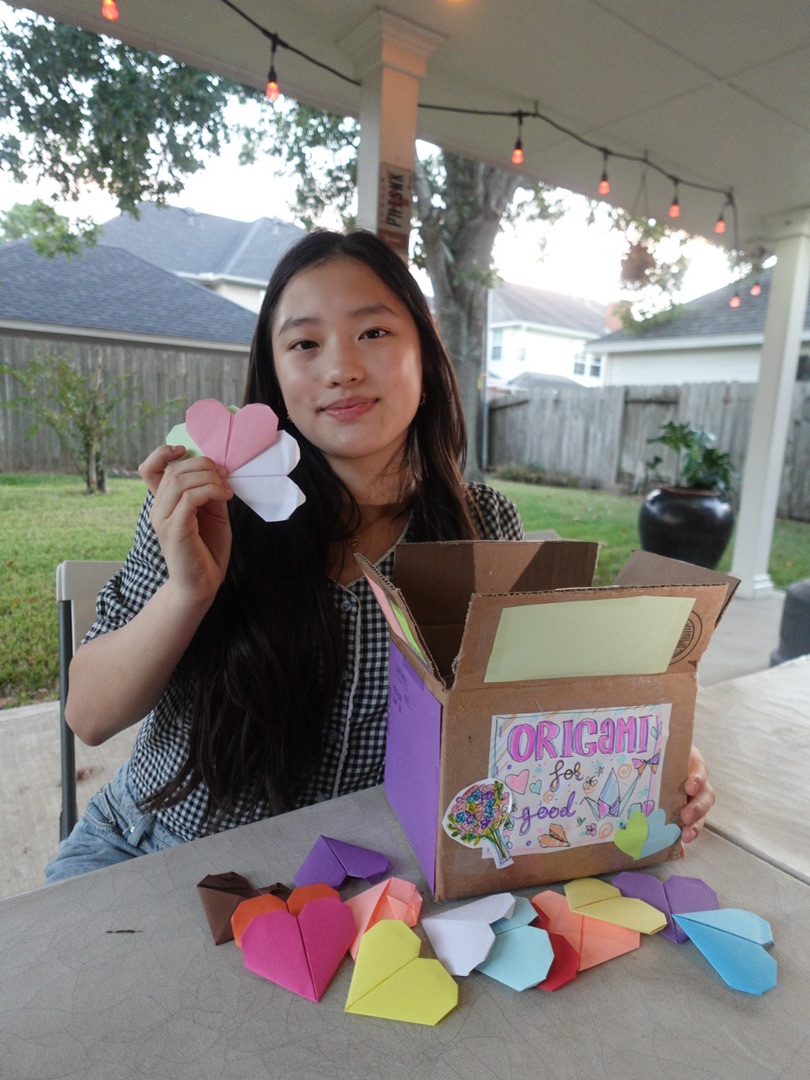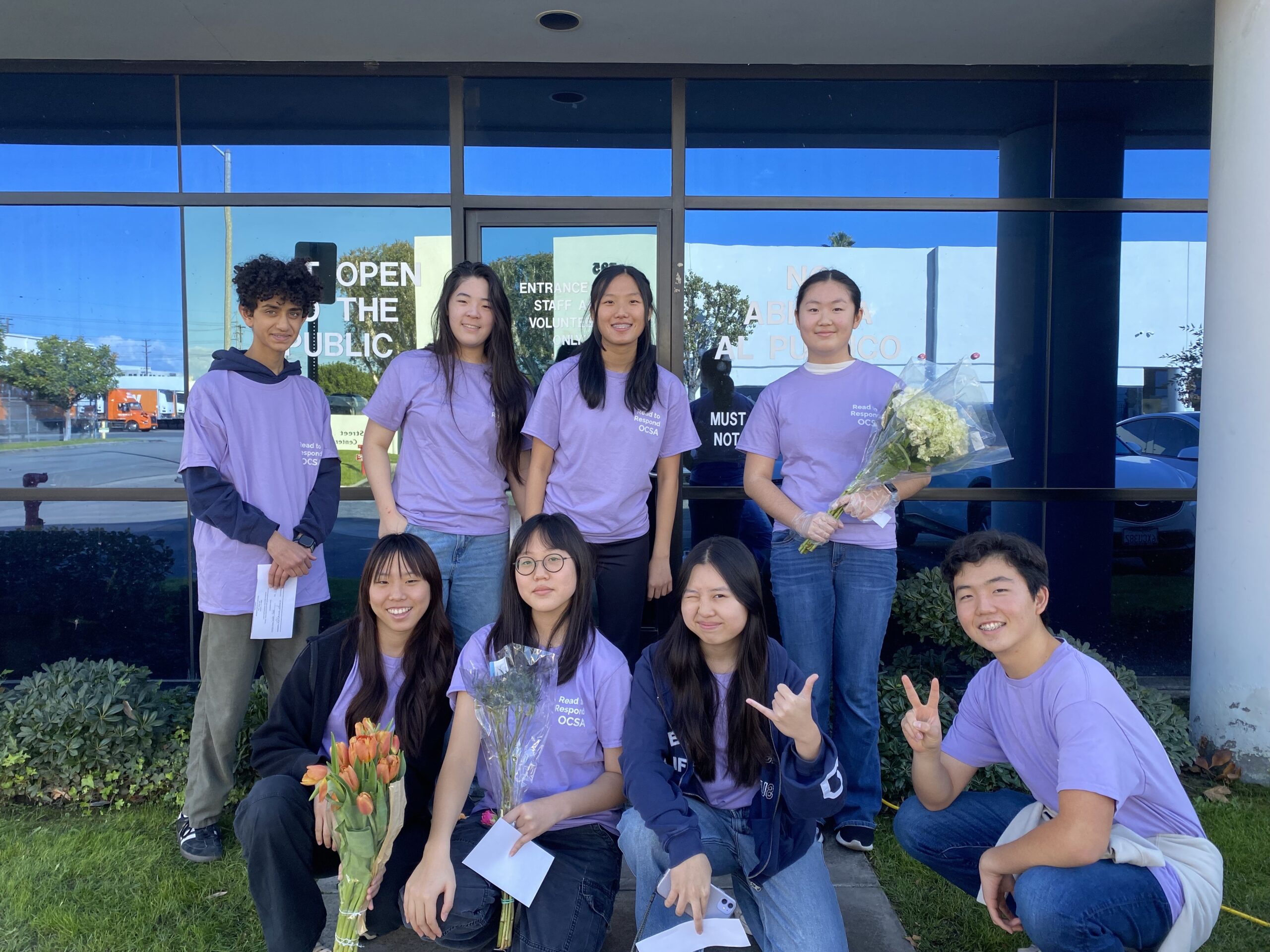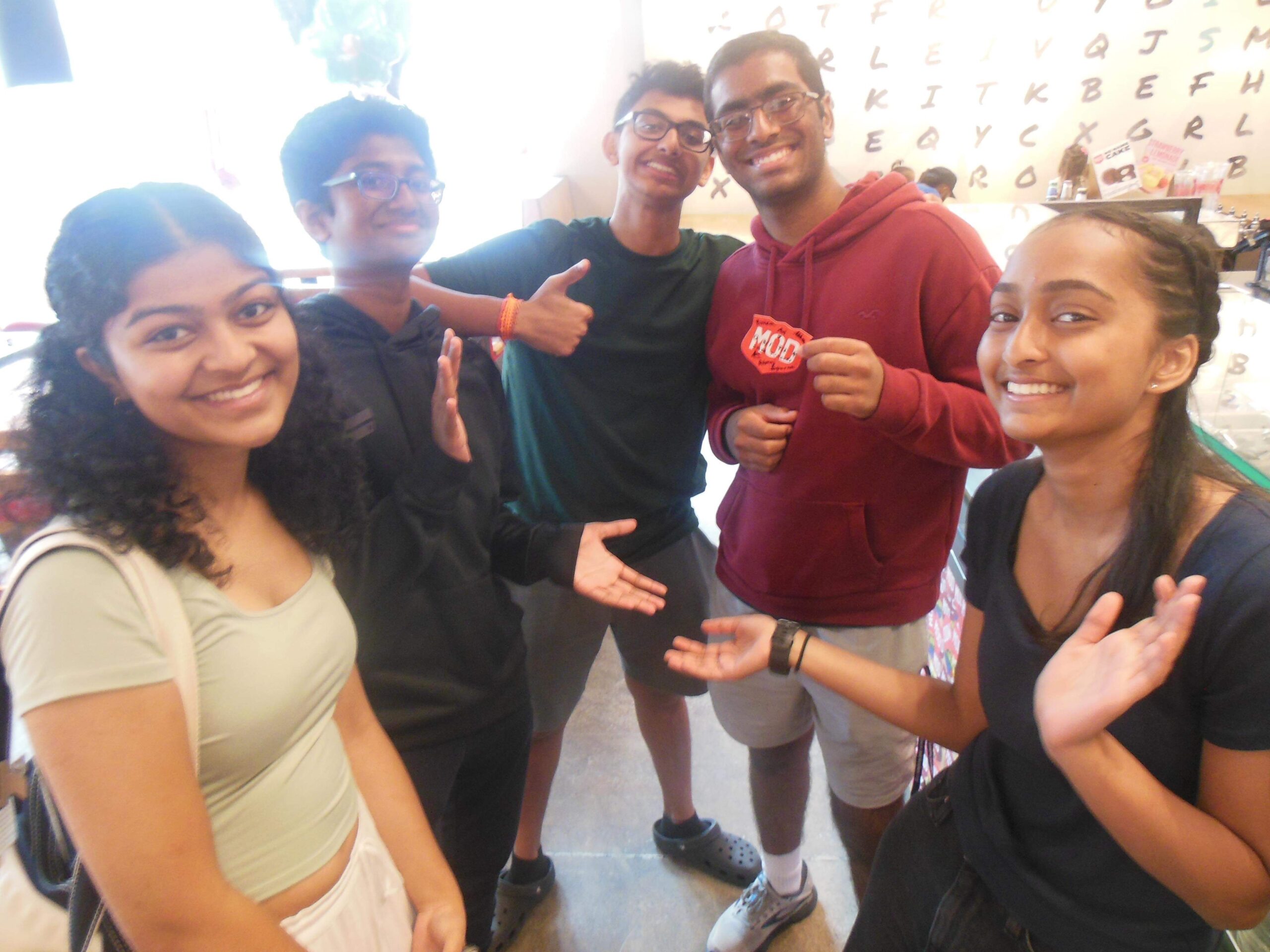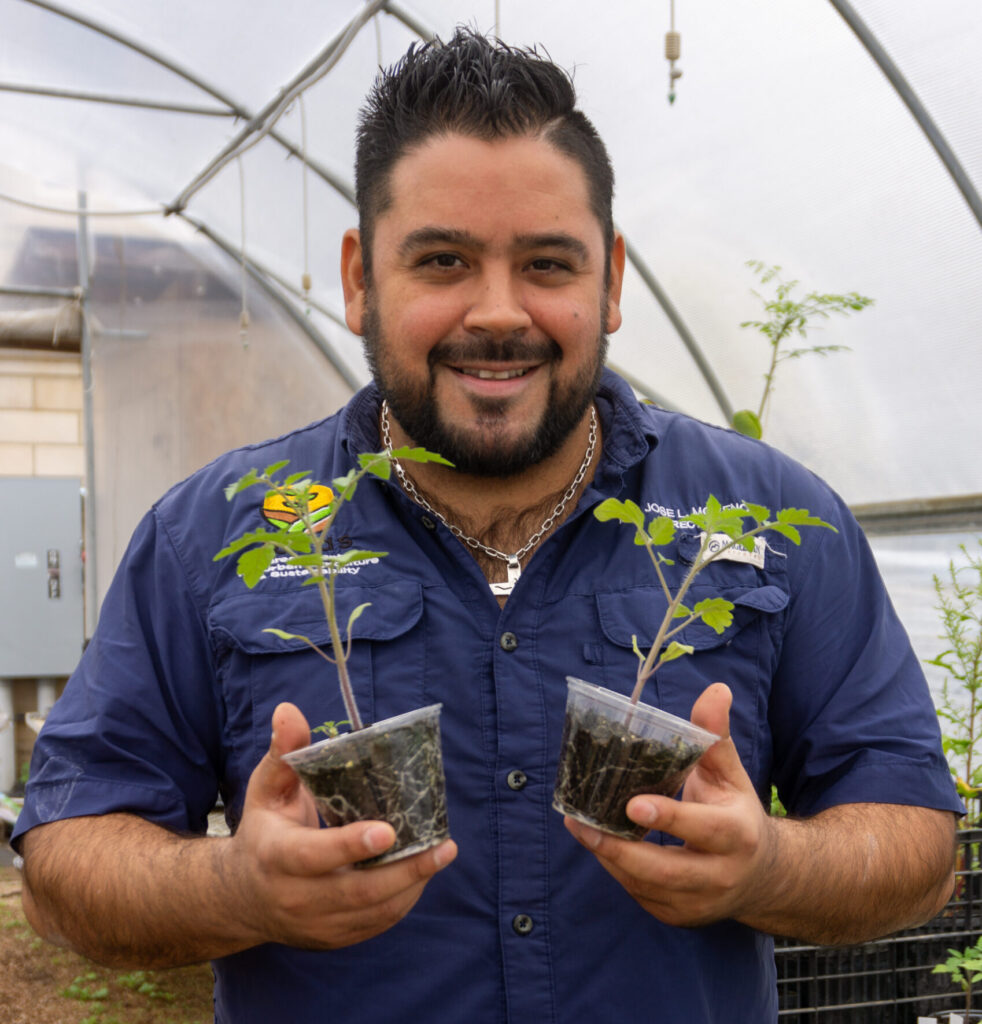
Across from a grocery store and bustling street stands the Canseco House Community Garden in my hometown of Laredo, Texas. Flowers and vegetables line the garden beds, overshadowed by the 99-year-old Châteauesque home—once belonging to a doctor and his family—from which the garden gets its name.
Hoping to spend a Saturday morning away from my screen, I joined the garden’s volunteers as they harvested squash and prepared vacant garden beds for new seeds.
The garden serves as a community resource and educational opportunity. Those in my hometown have the chance to learn about gardening, while also being able to take home whatever food they may need. Whatever is left over is sold at an affordable price at a farmers’ market—an effort intended to increase access to fresh produce in a region that has historically grappled with food insecurity.

While taking a break, I began a conversation with Jose Luis Moreno III, Director of the organization that runs the garden. Curious about his work, and hoping to catch a bit of rest after a while of removing weeds from the garden beds, I asked Jose to share how he began gardening.
Jose began his career as a Data and Information Specialist at a local university. Though his grandfather and father were both Agricultural Engineers, he spent much of his early life looking to forge a different path. In 2015, after the birth of his first son, he went on paternity leave. Before this, his father had gifted him a home garden set. Still convinced in his disinterest in agriculture, Jose had set it aside.
Weeks into paternity leave, Jose needed to find a hobby he could enjoy while at home. Remembering his father’s gift, he brought the garden set out of storage and began growing his first crops at home. As Jose put it, “…fue como un descubrimiento. Para mi fue como un parteaguas en mi vida.” [For me it was like a discovery. For me it was like a turning point in my life.] He began to reflect on the idea that in the same way he brought life to his son, so too could he bring life to the plants he grew. He was hooked. In time his initial five plants grew to a collection of fifty.
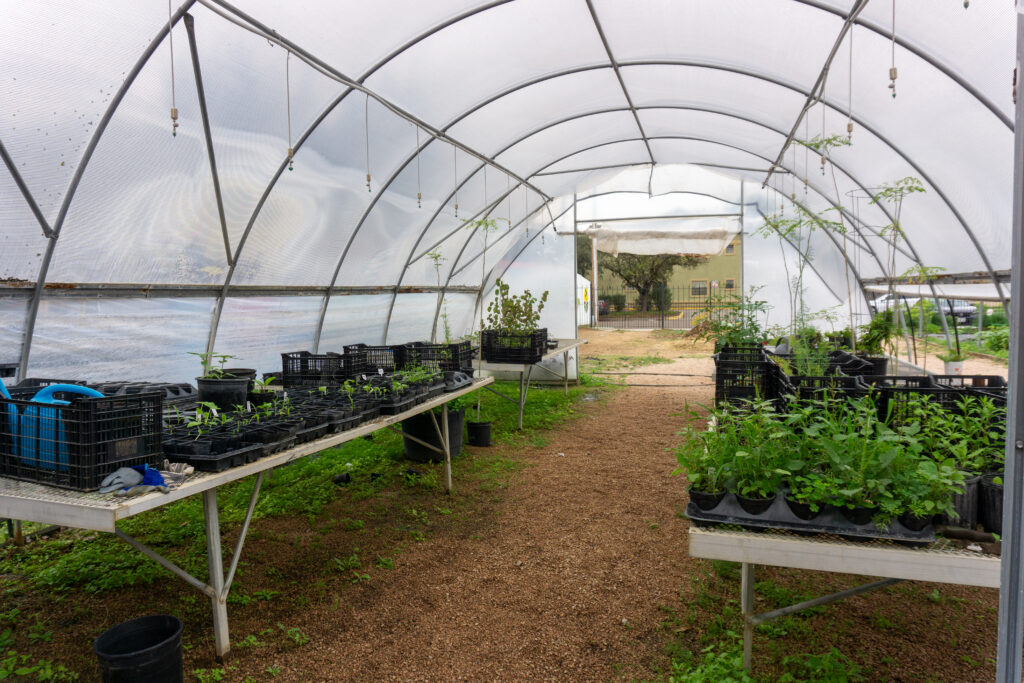
Once he returned to his role from paternity leave, he could not help but find himself thinking about his plants and his newborn. “Para mi ya era como salir de la oficina e ir a checar en mis plantas.” [For me it was like leaving the office and going straight to check on my plants.] It was obvious that something was growing in Jose. A need to reconnect with the Earth and the traditions of the elders in his family. In 2020, after seeing the opening for a Director position at a then-new agricultural and food non-profit, he decided to switch careers.
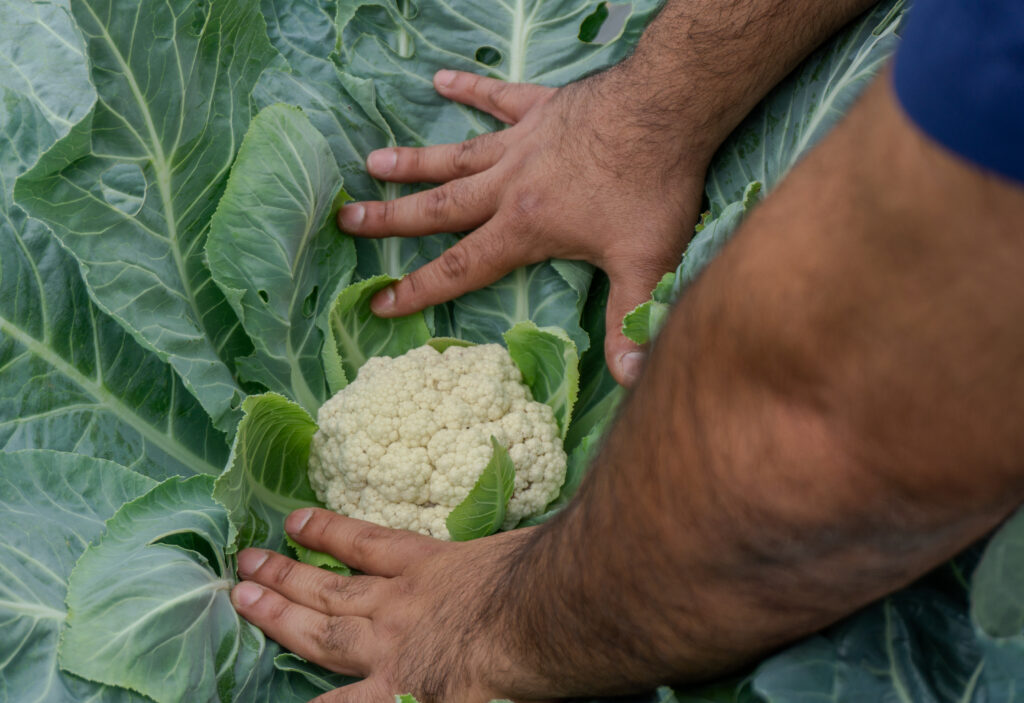
As Director, Jose has strived to instill the same magic he felt when first gardening into all of the volunteers and students he works with. He described it as people finding miracles in the garden—a lesson in the power of patience, resilience, and love. In 2021, after the Texas winter freeze killed off much of the garden’s produce, volunteers were left with the disappointment of the fruits of their effort disappearing over just a few days. For Jose, he felt the only option was to move forward.
Today, the garden is a place for all to learn, relax, and recover. As Jose mentioned during our conversation, it’s a space for people of all backgrounds—-the kind of place where a 60-year-old can learn something new from a 6-year-old.
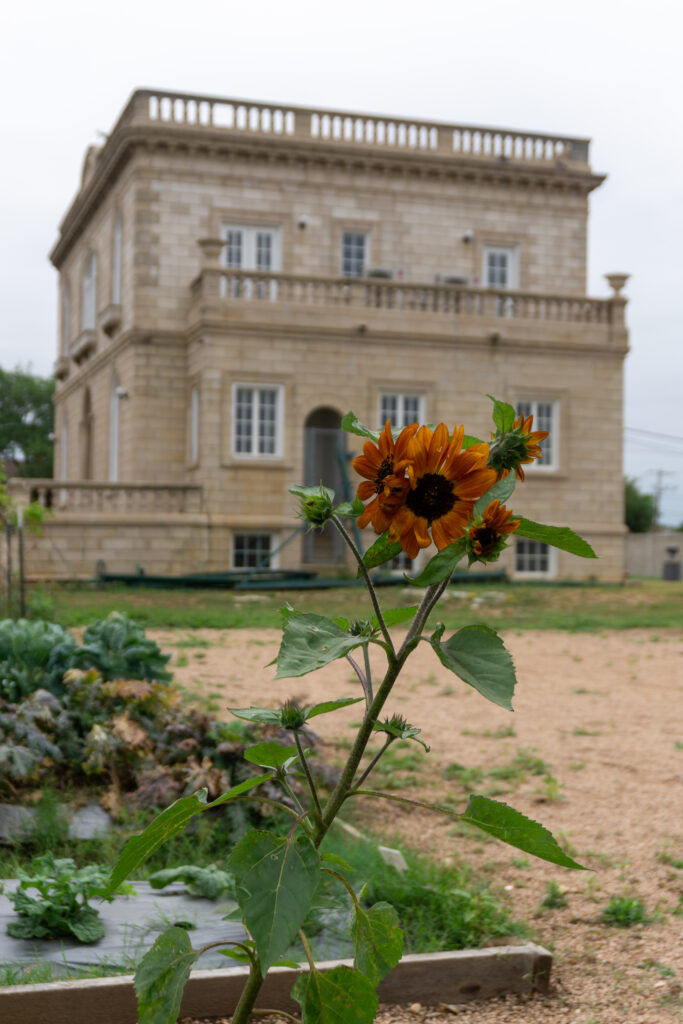
To Jose, gardening is both an art and therapy. He’s seen people arrive with the weight of a difficult week on their shoulders, and over the course of their volunteer sessions, the weight is lifted—almost as if thought their troubles are left in the soil that they work in.
In parting, I asked Jose what the best thing to give to my own garden to help it grow. His answer was simple, “Ponle cariño.” [Give it love.]
As I finished the last of my work, I took a moment to look around the garden. The monarch butterflies, almost to their final destination on their yearly migration south, jumped from flower to flower. Their wings a dance of fire and ash, a reflection of the bright sun and dark earth, a meeting of sky and land. On the other side of the lot, a row of sunflowers, almost 5 feet tall, swayed in the wind–their blurring sways reminiscent of a scene from a Monet painting.
I started to see the garden for what it really was. A place not just run by the community, but rather a reflection of community, love, and peace themselves.




